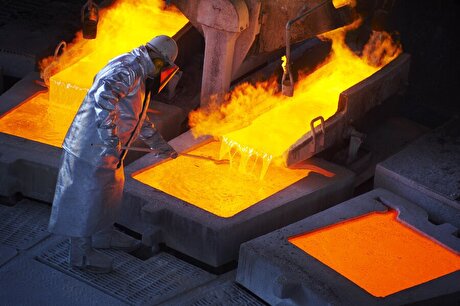
China’s CRC premium to HRC expands
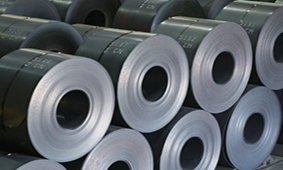
CRC, which is used to make body panels for automobiles and consumer durables, uses HRC as a substrate. The CRC premium to HRC hit 715 yuan/t ($101) in mid-October, the widest level this year.
The Shanghai-ex-warehouse price for HRC has fallen by Yn500/t to date since hitting the year's high of Yn4,000/t on 1 July. But CRC prices have remained stable in July-October, fluctuating in a range of Yn4,150-4,200/t.
The four-month decline in HRC prices was driven by increasing output and weak demand from the manufacturing and construction sectors.
China's monthly output of medium-to-heavy wide steel strip rose by 18.4pc from 11.88mn t in March to 14.07mn t in June this year.
Some steelmakers are operating at up to 120pc of nameplate capacity by increasing the scrap charge in the basic oxygen furnace or by upgrading production equipment, lifting production rates sharply, said the manager of a north China-based steel mill.
CRC prices remained largely stable as cold-rolling mills have been reducing output since March on expectations that demand from their primary consumer, the automobile sector, will remain sluggish. Some mills brought forward their annual maintenance to June-July to reduce production.
The monthly output of domestic cold-rolled sheet fell by 3.8pc from 2.8mn t in May to 2.69mn t each in June and July.
While CRC mills reduced output, there was an uptick in automobile production and consequently demand for auto-grade steel.
China has relaxed restrictions on automobile purchases, lifting sales and production of vehicles. Cities such as Guangzhou and Shenzhen have increased new vehicle purchase quotas until the end of 2020 to boost auto sales.
Automobile output increased by 2.5pc on the month in June to 1.9mn units and by 11pc on the month to 2.2mn units in September.
But automobile sales are slowing again as additional purchase quotas for vehicles in cities have been largely exhausted in the last three to four months.
Slower automobile sales will pressure CRC prices and narrow the premium on HRC prices in the near term. Demand for steel seasonally enters a slow period in November-March as cold weather in the north hampers construction activity, prompting northern mills to sell more steel products to east and south China, where the weather is less severe.


Trump weighs using $2 billion in CHIPS Act funding for critical minerals

Codelco cuts 2025 copper forecast after El Teniente mine collapse

Electra converts debt, launches $30M raise to jumpstart stalled cobalt refinery

Barrick’s Reko Diq in line for $410M ADB backing

Abcourt readies Sleeping Giant mill to pour first gold since 2014

Nevada army depot to serve as base for first US strategic minerals stockpile

SQM boosts lithium supply plans as prices flick higher

Viridis unveils 200Mt initial reserve for Brazil rare earth project
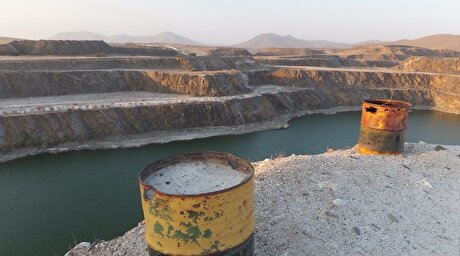
Tailings could meet much of US critical mineral demand – study
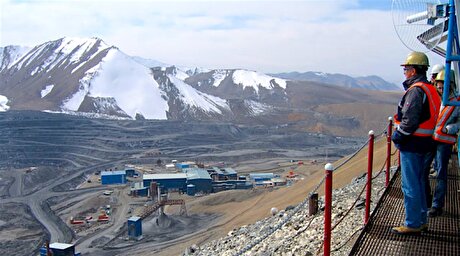
Kyrgyzstan kicks off underground gold mining at Kumtor
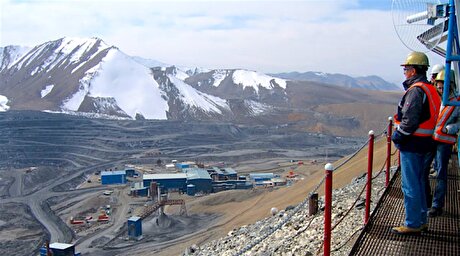
Kyrgyzstan kicks off underground gold mining at Kumtor

KoBold Metals granted lithium exploration rights in Congo
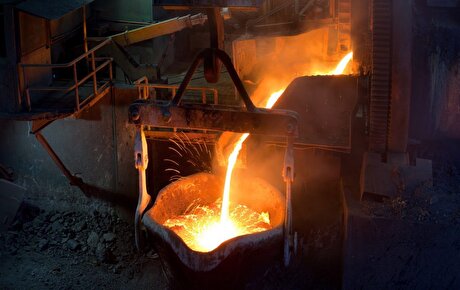
Freeport Indonesia to wrap up Gresik plant repairs by early September
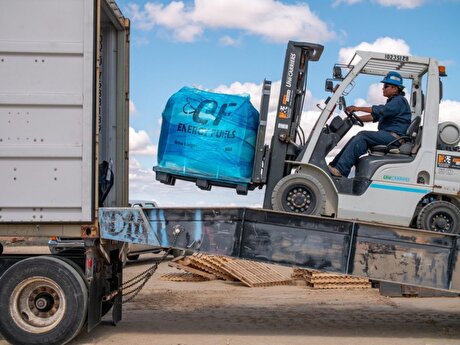
Energy Fuels soars on Vulcan Elements partnership
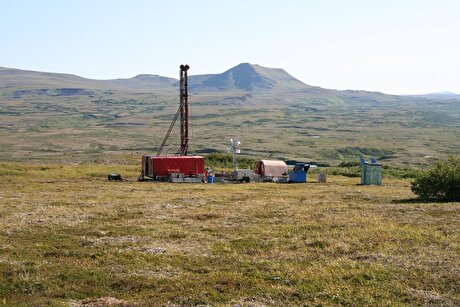
Northern Dynasty sticks to proposal in battle to lift Pebble mine veto
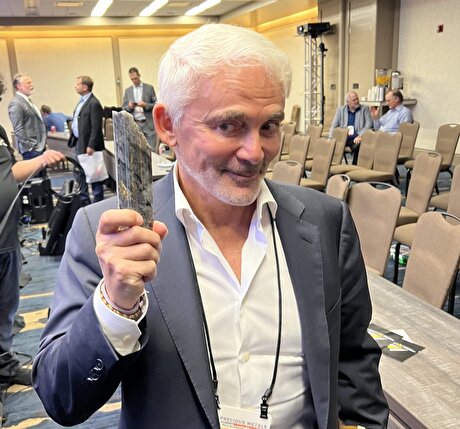
Giustra-backed mining firm teams up with informal miners in Colombia

Critical Metals signs agreement to supply rare earth to US government-funded facility
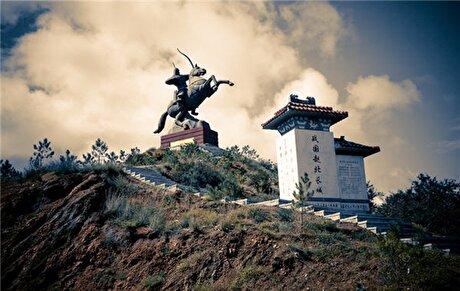
China extends rare earth controls to imported material
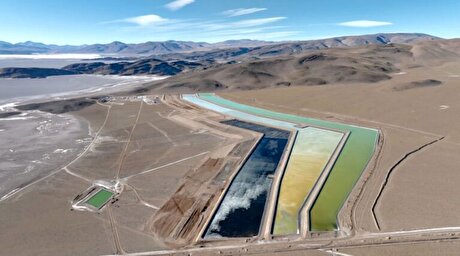
Galan Lithium proceeds with $13M financing for Argentina project

Kyrgyzstan kicks off underground gold mining at Kumtor

Freeport Indonesia to wrap up Gresik plant repairs by early September

Energy Fuels soars on Vulcan Elements partnership

Northern Dynasty sticks to proposal in battle to lift Pebble mine veto

Giustra-backed mining firm teams up with informal miners in Colombia

Critical Metals signs agreement to supply rare earth to US government-funded facility

China extends rare earth controls to imported material

Galan Lithium proceeds with $13M financing for Argentina project
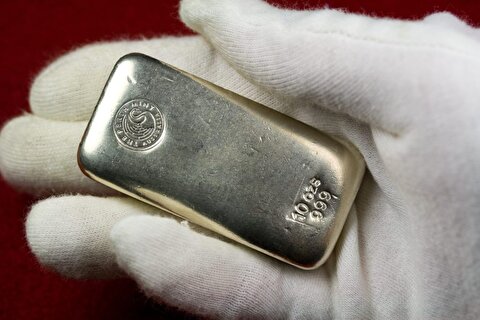
Silver price touches $39 as market weighs rate cut outlook

